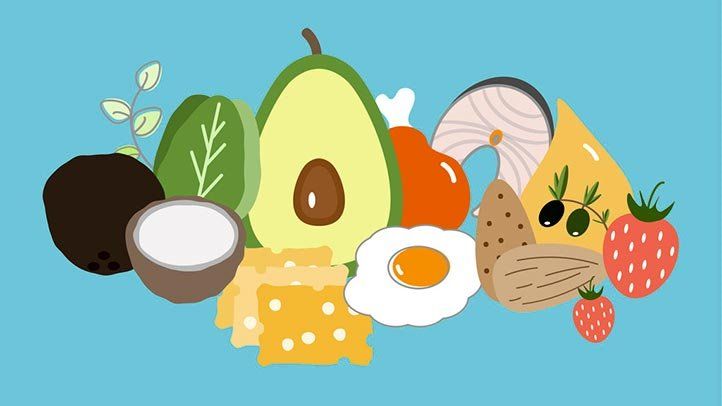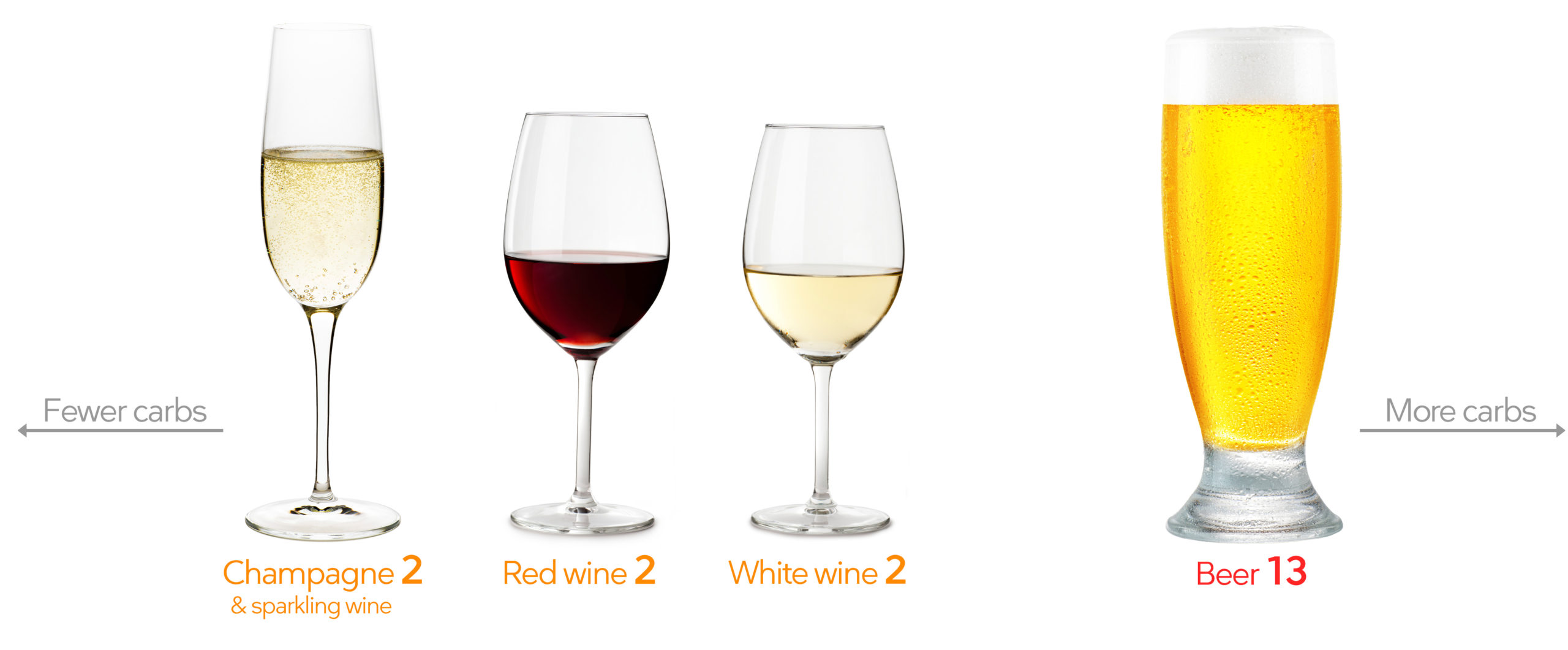Guide to Going Dairy-Free on a Ketogenic Diet

Doesn’t it seem like dairy is in everything? From keto recipes to high-carb snacks and candy, there’s some kind of milk product in so many things that we eat.
This isn’t a problem if you’re not allergic or intolerant to dairy at all, but what should you do if struggle with lactose or dairy proteins — especially when you are on a diet that typically consists of a lot of dairy like the ketogenic diet?

You May Have Lactose Intolerance And Not Even Realize It
Even if you don’t think dairy is a problem for you, you may still have some form of lactose intolerance or dairy protein allergy. In fact, you may be struggling to break down lactose (milk sugar) without realizing it.
This is because, the majority of the human population — approximately 65 percent — has a reduced ability to digest lactose after infancy. More specifically, if you are of East Asian, West African, Arab, Jewish, Greek, and Italian descent, then you are highly likely to have some form of lactose intolerance.
Conversely, the prevalence of lactose intolerance is lowest in people with ancestors who depended on unfermented milk products as a primary food source. For this reason, only about 5 percent of people of Northern European descent are lactose intolerant.

The simplest way to test for lactose intolerance is by mixing lactose powder with water and drinking it to see if digestive issues emerge. To do this, start with 25 grams of lactose first thing in the morning or 3 hours after your last meal. After drinking the lactose drink, pay attention to how you feel.
Take notice if one or more of these symptoms develop:
- abdominal cramps
- bloating
- diarrhea
- stomach or intestinal pain
- gassiness (burping or flatulence)
- indigestion
If one or more of these symptoms occur after drinking the lactose-drink, then you have some degree of lactose intolerance. The severity of the symptoms is a good indicator as to how well your body can handle lactose-containing foods.
What About Other Dairy-Related Issues? Dairy Allergies and Dairy Protein Intolerance

According to population-based studies, cow’s milk allergy is the most common food allergy in infants and young children. As many as 2 in every 100 children under 4 years old are allergic to milk. Fortunately, dairy allergies are less prevalent among adults and older kids.
Dairy allergies commonly provoke immediate and unmistakable immune response. For example, you might get severely plugged sinuses, itchy skin, hives or rashes, diarrhea, nausea, vomiting, an elevated heart rate, and/or have difficulty breathing.

Dairy protein intolerances, on the other hand, are a bit more confusing and nuanced. Some of the symptoms are similar to and milder than those of allergic reactions. For some people, it can manifest as constipation or diarrhea. For others, they will get joint pain or brain fog. Whatever the symptoms, they usually take longer to appear, making identification difficult. Plus, little scientific consensus exists on the nature of dairy protein intolerance. There are no universally accepted lab tests and few medical professionals will be able to help.



